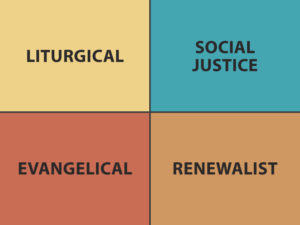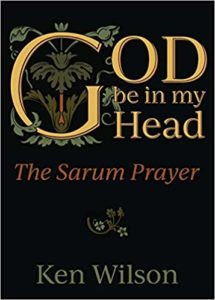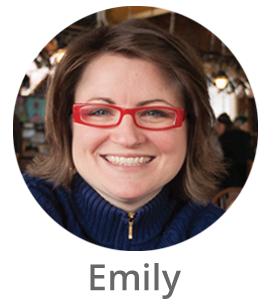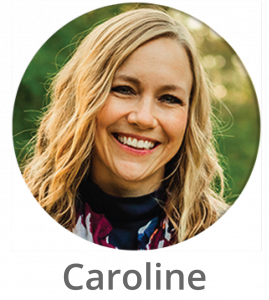WHAT IS LITURGY?
Liturgy and Non-Denominational Can Go Together!
Liturgy is not a word you find used much in a non-denominational church. But we draw from the treasures of the diverse Christian landscape whenever we can. Our liturgy (a word that simply refers to the order of worship service) includes weekly communion, the doxology, Lord’s Prayer, and other easy-access elements that convey a sense of the mysterious sacred.
Drawing from the Treasures of the Whole Church
 The graphic shows four sectors of Christianity based on what is central to the identity of each. Liturgical churches include Roman Catholic, Episcopal (or Anglican), Lutheran, Eastern Orthodox, etc.—churches that place a lot of emphasis on worship using a traditional liturgy. Social justice churches emphasize the centrality of justice and concern for the poor (including most African-American churches, Quakers, etc.). Renewalist churches (Pentecostal, Charismatic, etc.) emphasize the role of the direct experience of the Spirit. And Evangelical churches emphasize the Bible (interpreted in a particular way) and the transforming power of the gospel. We are open to the treasures found in each of these four sectors. As a result we blend aspects of liturgy, with concern for social justice (or progressive), with openness to the Spirit, and concern for the gospel.
The graphic shows four sectors of Christianity based on what is central to the identity of each. Liturgical churches include Roman Catholic, Episcopal (or Anglican), Lutheran, Eastern Orthodox, etc.—churches that place a lot of emphasis on worship using a traditional liturgy. Social justice churches emphasize the centrality of justice and concern for the poor (including most African-American churches, Quakers, etc.). Renewalist churches (Pentecostal, Charismatic, etc.) emphasize the role of the direct experience of the Spirit. And Evangelical churches emphasize the Bible (interpreted in a particular way) and the transforming power of the gospel. We are open to the treasures found in each of these four sectors. As a result we blend aspects of liturgy, with concern for social justice (or progressive), with openness to the Spirit, and concern for the gospel.
How This Plays Out in Sunday Worship
We come from a wide variety of church backgrounds, including no church background at all. Since at least a quarter of our congregation identify as LGBTQ (in different ways, of course), many who attend Blue Ocean had either dropped out of previous churches or never bothered to attend in the first place. We also have many people who left faith earlier in life for other reasons, and are seeking closer connection to God now. Those who come from liturgical churches (Catholic, Orthodox, Episcopal, and so on) appreciate forms of worship that are more familiar. Many others without this background find it refreshing, because we try to make these things accessible to everyone.
Below see a listing (with explanation) of the various elements of worship.
Order of Service
- Call to worship song: a shorter, simple song that signals it’s time to begin
- Gathering Statement
- Opening worship song: usually with contemporary melody and lyrics or an older hymn, gospel song arranged in a contemporary way
- Praying “the Sarum Prayer” in unison: “God be in my head and in my understanding; God be in my eyes and in my looking; God be in my mouth and in my speaking; God be in my heart and in my thinking; God be at my end and at my departing.”
- Scripture reading: usually this is read by one of the children or teenagers
- Dismiss Children to their classes: as the congregation sings “This Little Light of Mine”
- Announcements: words of introduction for visitors and upcoming events; takes a few minutes
- Sermon: usually based in Scripture, illustrated from contemporary life situaitions; 25 minutes or so
- Time of Quiet Reflection: led by the person who gave the sermon; for people reflect; lasts about 2 minutes
- Candles and Prayers: we have a list of first names in the program, composed of names submitted earlier for those with needs—illness, etc.—and we simply name each person in unison
- Instructions for Communion (a quick orientation by the person presiding at communion)
- Communion Prayers: follow a simple pattern; remember communion started as a communal meal using bread and wine, and the prayers were simply prayers of thanks as at many meals, but focused on the life, death, and rising of Jesus, signified by the bread and wine of communion
- The Lords Prayer: in unison, words provided
- Receiving Communion: people form lines up the two side aisles and walk up to the front where servers offer the bread and wine [or grape juice] of communion (gluten- and allergan-free options available)
- A contemporary worship song or hymn
- A closing song
- A closing blessing (called a “benediction”) to send us all on our way
God Be in My Head: : The Best Old Prayer You Never Heard Of
 Each week we pray an old prayer called the Sarum Prayer or “God be in my head.” It’s centuries old, simple, mystical, and is a great prayer to add to your “for daily use” collection, alongside the Serenity Prayer and others. To learn more about the Sarum Prayer, read a short Lenten Daily Devotional, God Be in My Head: The Sarum Prayer (40 short meditations on this prayer) written by Ken Wilson.
Each week we pray an old prayer called the Sarum Prayer or “God be in my head.” It’s centuries old, simple, mystical, and is a great prayer to add to your “for daily use” collection, alongside the Serenity Prayer and others. To learn more about the Sarum Prayer, read a short Lenten Daily Devotional, God Be in My Head: The Sarum Prayer (40 short meditations on this prayer) written by Ken Wilson.
Colors, Candles, Chalices
We have a wooden altar/communion table at the front. The table is covered with a white tablecloth and an accent-cloth that varies in color according to the church calendar (seasons like advent, Christmas, lent, Easter and so on). This altar/table has candles used during prayers, the chalice for communion wine and plate with communion bread, and icons of a selection of saints that are relevant to our stories and beliefs.
And, by the way, toward the back of the seating, we have a table where people can sit during the service. It’s an activity table with paper and drawing/coloring supplies—just so people who do better keeping their hands busy can participate in a way that suits their learning style.


